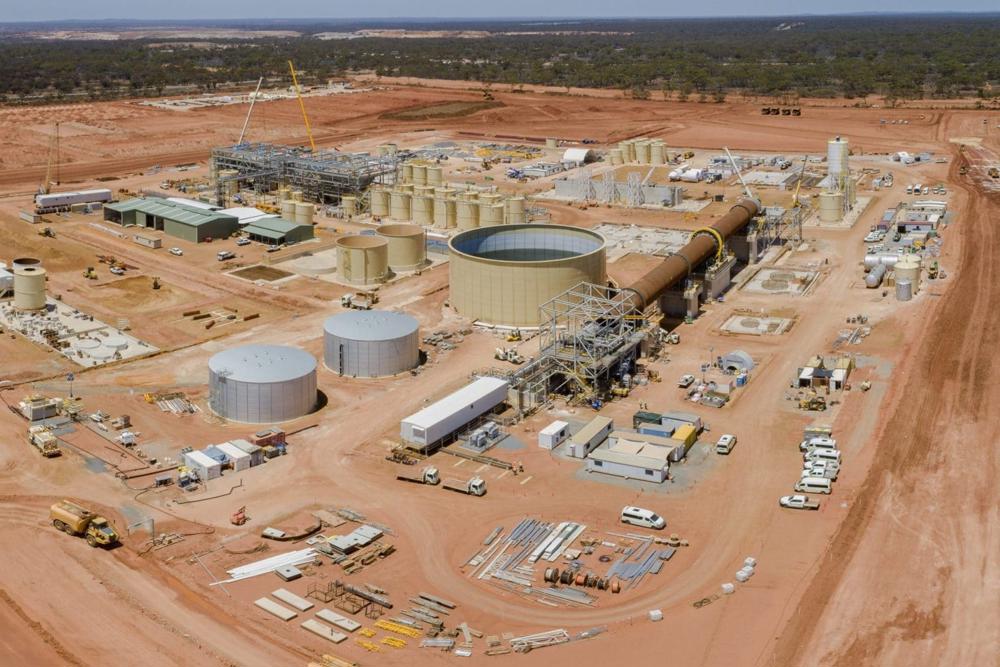
The opening of Lynas Rare Earths’ new processing plant in Kalgoorlie, Western Australia, marks a significant milestone in Australia’s critical minerals industry and its role in the global energy transition.
This facility, the first of its kind in Australia and the largest outside of China, underscores the growing importance of rare earth elements in the shift towards clean energy technologies.
Rare earth elements, including neodymium, praseodymium, dysprosium, and terbium, are crucial components in various clean energy applications.
These minerals are essential for manufacturing permanent magnets used in wind turbines and electric vehicle motors, making them indispensable for the renewable energy sector.
The new Lynas plant will process ores from the nearby Mt Weld mine to produce mixed rare earth carbonate, a vital step in the supply chain for these critical minerals.
This development aligns with the growing global demand for rare earth elements, which is expected to increase significantly as countries accelerate their efforts to reduce emissions and transition to cleaner energy sources.
The importance of this facility extends beyond Australia’s borders.
As the world’s largest rare earth processor outside of China, it plays a crucial role in diversifying the global supply chain of these critical minerals.
Currently, China dominates the production and processing of rare earth elements, controlling about 60 per cent of global production.
The Lynas plant represents a strategic move to reduce dependence on a single source and enhance the resilience of clean energy supply chains.
Minister for Resources and Northern Australia Madeleine King emphasised the significance of this development, stating that processing more critical minerals and rare earths within Australia is a key part of the government’s plans for building the country’s future.
This aligns with the broader global trend of countries seeking to secure their supply chains for materials essential to the energy transition.
The opening of this facility also highlights the economic opportunities presented by the clean energy transition.
The creation of approximately 115 direct jobs in the Goldfields region demonstrates how the shift to renewable energy can drive local economic growth and employment in resource-rich areas.
As the world continues to pursue ambitious climate goals, the demand for critical minerals is projected to grow exponentially.
Under the International Energy Agency’s sustainable development scenario, the overall mineral requirements for clean energy technologies could quadruple by 2040.
This underscores the strategic importance of facilities like the Lynas plant in meeting the material needs of the global energy transition and positioning Australia as a key player in the clean energy supply chain.










